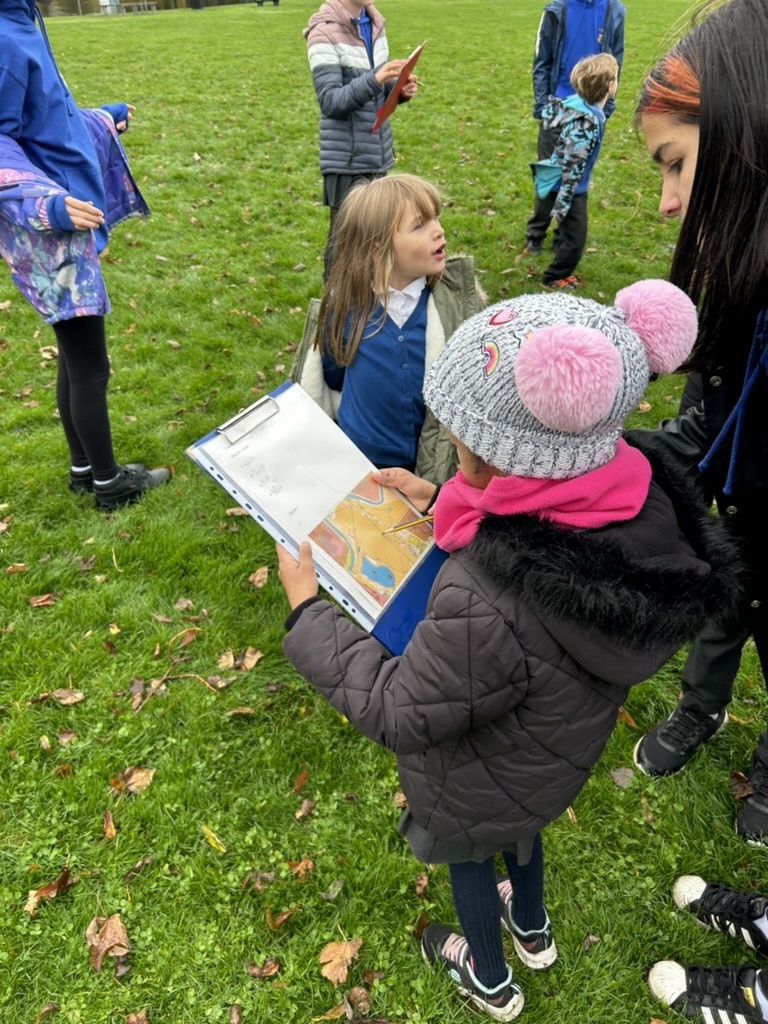Moravian club development officer update
Last year we announced an award to Moravian for a club development officer project, that would capitalise on the momentum created by the Moray 2023 Scottish 6 Days (see the award here, also awards for some other CDOs at the same time!). We now bring you a report on the progress with the project.
The original focus on the CDO project was to focus on developing orienteering skills in young people, leading to participations in Moray 2023, stablising regular family sessions in each of five communities, identifying local young orienteers to become Young Ambassadors for Moray 2023, and coordinating communication and publicity of club events and activities during and after Moray 2023 in order to maintain awareness and interest of orienteering in the local community.
We catch up with Will Hall, Moravian's CDO, to find out how it has been going.
What were/are our targets?
We have identified that in orienteering there is a fall off in members between 16-30. This is caused by a number of factors; when young members join they are reliant on their parents driving them to events, and tend to have pressure from parents to attend. We have found that these members tend to fall off as they get older, attend university and move away. However, there is a resurgence in numbers when people return to the sport in their 30s/40s.
We therefore identified that getting as many young members involved would have the largest impact for uptake. We worked with local scout groups with limited success - by their teens, youngsters are less inclined to take up a new sport, especially if it's not supported and encouraged by parents. And so we found that the greatest successes have come from working with primary schools and community groups. The 9-11 age group was the most common one because the children can understand the concepts, able to put into practice a lot of what is required but will also require parental buy-in in order to progress. Family days were among the more successful events we ran - introducing the sport to families meant that both the adults and children were interested and likely to return to larger competitive events.
Publicity: What's worked?
One of the major issues we'd faced is getting traction online. How to gain interest from local communities and groups. Facebook remains the best method of communication for family-aged members. Instagram works for updates and short form content but doesn't drive much traffic to the website because it's challenging to get links to work properly and obviously. With this in mind, we added the club to as many community Facebook groups as possible (most towns will have a community Facebook group) which allowed us to advertise upcoming events and to just be present in the public eye. We've had good results from this but it needs to be maintained in order to gain traction. in the lead up to a local event, posters and information would be shared on these local pages and we saw good uptake as a result.
To make the posters and information of a higher quality, we'd been using Canva (the free version). it's very intuitive and produces really good quality media which can be printed or shared online.
What have been our biggest challenges?
The main issue we faced is that, regardless of the number of primary children we reached, if the parents either didn't know about or didn't buy in to the sport, then the children weren't going to be coming to the events. Because orienteering events are often in more remote locations, transport is always required and so what we found was that in-school sessions resulted in very few new members joining the club. This was for a number of reasons but primarily it was because children might have really enjoyed themselves but wouldn't pass on information to their parents when they went home so interest would fizzle out. We have plans in 2024 to run after school events for parents and children to get the family involved and interested.
What programme materials have we created?
It's crucial to have good maps of schools, public parks and local green spaces to help run local events. We had success creating our own maps from Open Orienteering Mapper Tool which was fine for beginners but not great for anything larger. We also have had good success with MapRun: creating courses and maps for novices and veterans to run around local parks. It's free and accessible for anyone which makes it a great tool for coaches and clubs. It is reliant on high quality maps though which is something to bare in mind.
How are we telling our success stories?
Aside from Facebook and Instagram, having a good email community to keep the club members updated for upcoming events and training is essential. We are lucky that our newsletter is managed by a member of the club and always comes out on a Tuesday. Drip feeding information at the same time every week through something like MailChimp really helps drive engagement with the club and would be a great thing to set up.
We wish Moravian Orienteers all the best for the future of the project in 2024!
